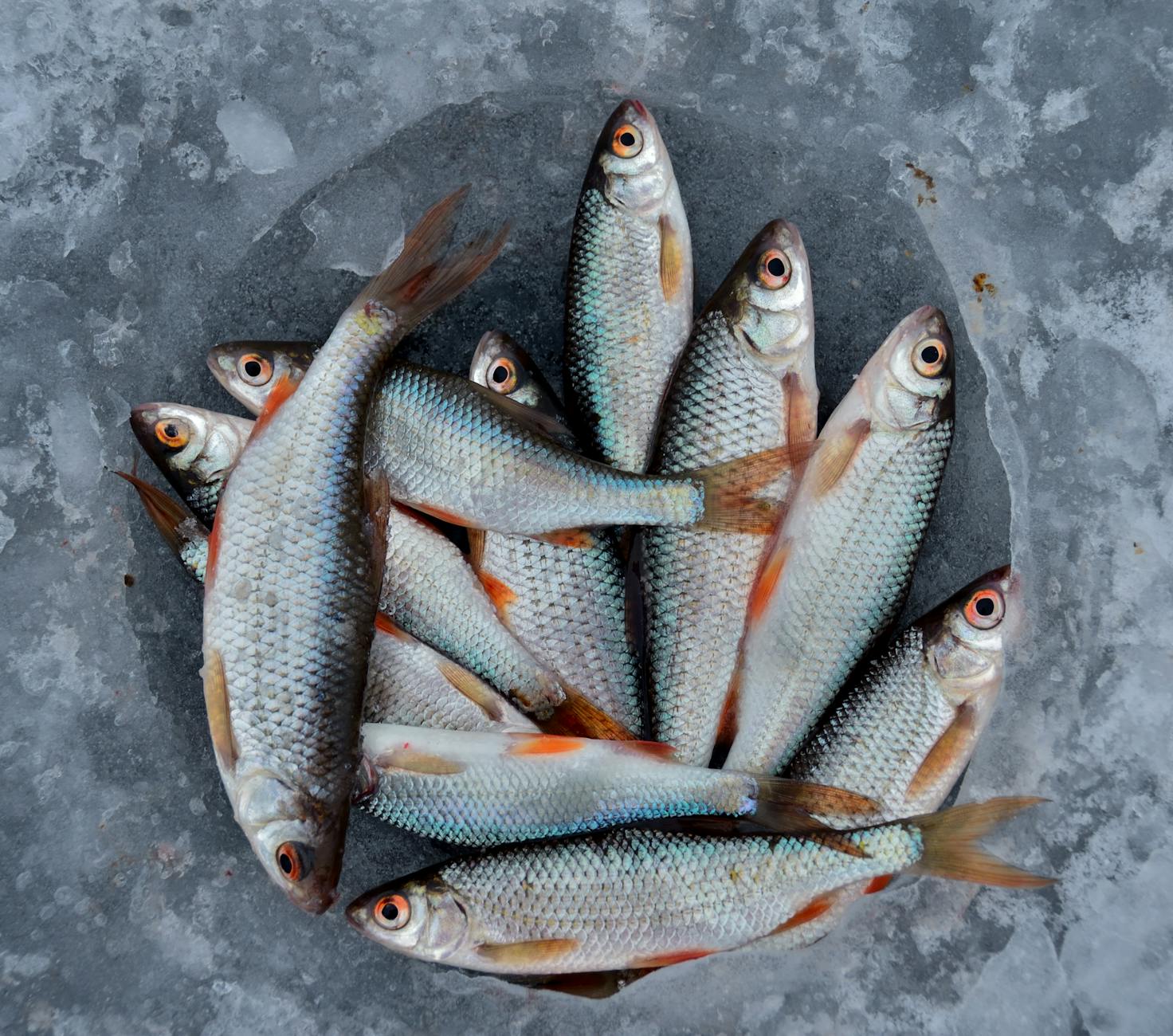Hi, welcome to this blog on fish processing and preservation, classification in agriculture.
Table Of Contents
- Classification of fishes
- Fish Processing
- Fish preservation
- Revision Questions

Classification of Fishes
Fishes can be classified into two main groups:
- Classification based on fish habitat
- Classification based on body structure
Classification based on habitat: Under this classification, two groups exist:
- Freshwater fishes: These fishes live in freshwater, i.e, the water does not contain salt, examples of such fresh water are pond, stream, river and lakes, examples of fishes in this group are tilapia, carp, perch, trout and mudfish.
- Saltwater fish: These fishes live in water containing salts such as lagoons, seas and oceans. Examples of salt water fishes are salmons, mackerel, shark, tilapia, rays and eels.
Classification based on body structure: Under this classification, two groups also exist:
- Bony fishes: These fishes possess bony skeletons. Examples are tilapia, mudfish, carps, trout, catfish, salmon, perch, herring. Majority of these fishes are found in freshwater.
- Cartilaginous fishes: These fishes possess soft bones composed of cartilages. Majority of these fishes are found in salt water and examples are shark, dolphin, dogfish and rays.
Processing And Preservation of Fish
Harvested fish is either consumed, sold or preserved for future use. Fish processing involves the removal of scale, fins, gut and gills. The remaining part is then cooked or fried for eating. By-products of fish processing include:
- Fish meal
- Fish scales
- cod liver oil
- Fish skin
Fish can be preserved for future use by any of the following ways:
1. Salting: This is the application of salt on the fish. It prevents the growth of spoilage organisms.
2. Smoking: This is the drying of fish over naked fire. It reduces the moisture content and increases the taste and flavour of the fish.
3. Sun drying: This involves the drying of fish using heat from the sun. In this process, fish can only be stored for a short time.
4. Freezing: This involve the use of cold storage like refrigerators and deep freezers to store fish over a very long time.
5. Canning: This involves the storage of processed and consumable fish in cans under special conditions for future consumption, e.g, sardine.
6. Roasting: Roasting of fish involves mechanical burning of fish over a naked fire for a short moment during which the fish is prepared enough for consumption.
7. Irradiation: This involved the direction of beam of light on harvested fish in an enclosed storage facilities in order to preserve the fish.
8. Steam cooking: Steam cooking involves the cooking of harvested fish over hot steam. Such activity helps to preserve the fish.
9. Icing: Icing involved the placement of ice block over or around harvested fish in a container. This method ensure a temporary storage of fish.
READ ALSO – Fishing Techniques: Methods and Sustainable Practices in Agriculture
Revision Questions
- Briefly explain the two major classification of fishes and examples.
- List five methods preservation of fish
- What are the ways of fish processing?
- What is freshwater fishes and salt water fish and examples?
- List five examples of bony fishes.
My next blog you will learn about aquaculture, fish farming and methods of Fish harvesting [Click Here to join].
